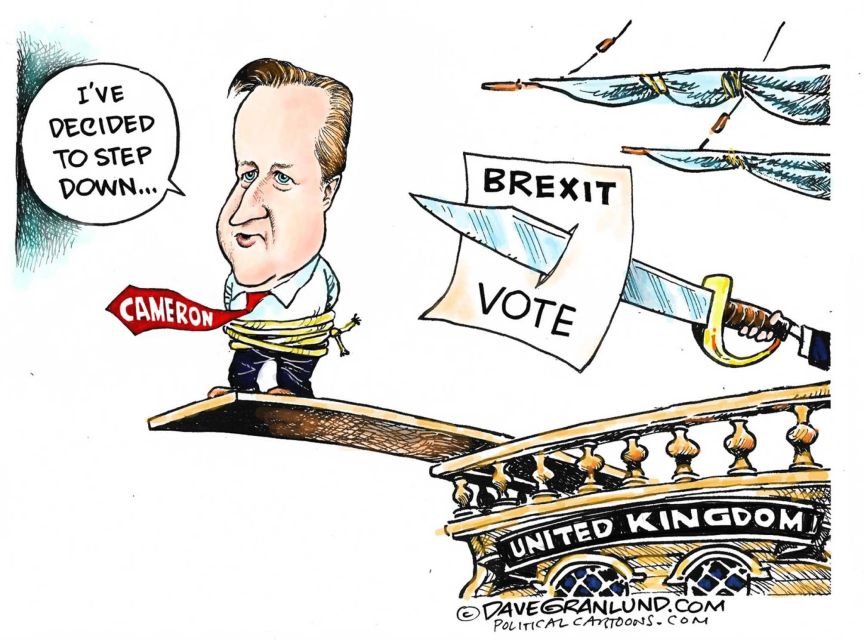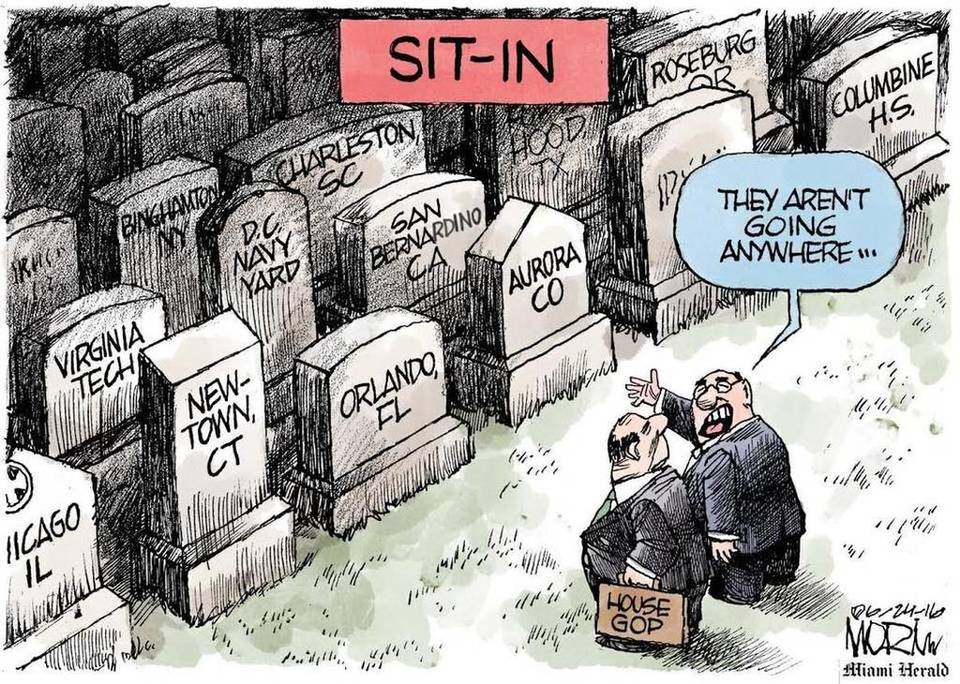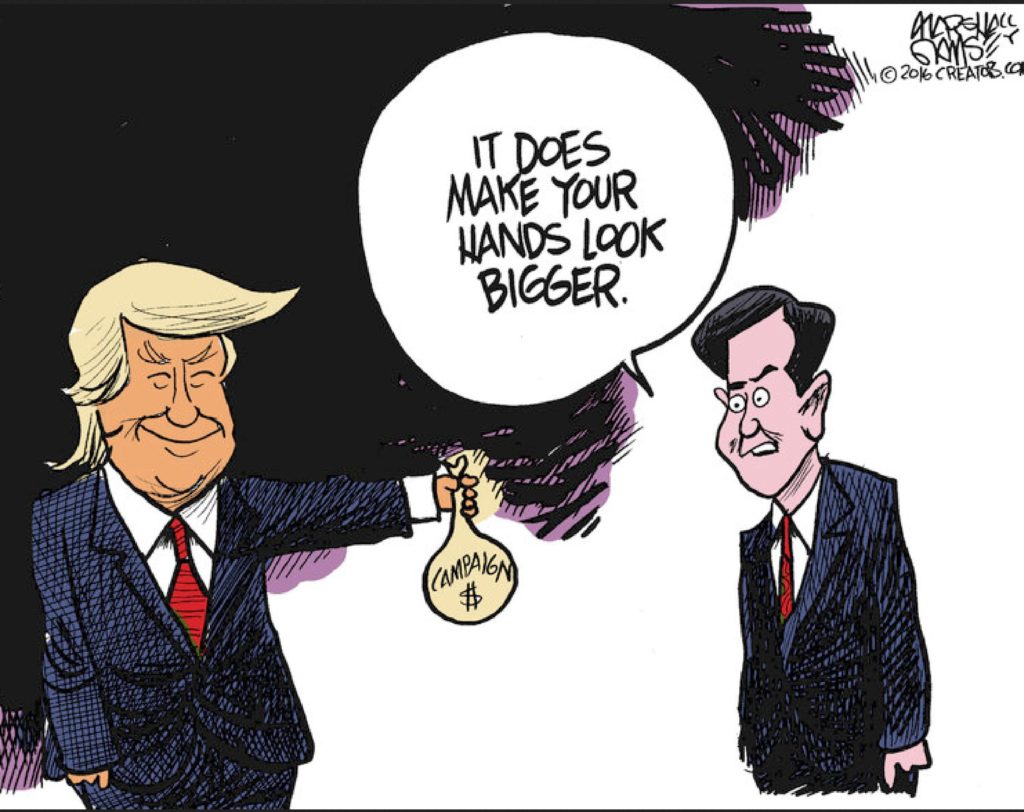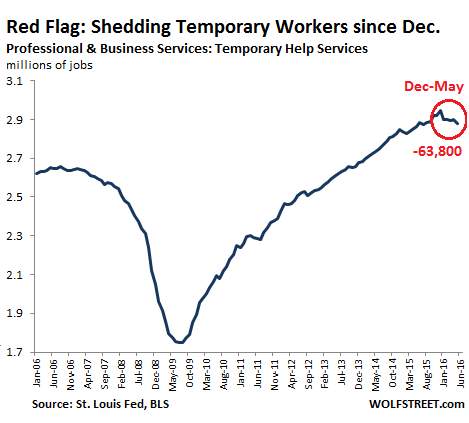Independence Day 2016. And 240 years later, where are we?

Our founders were willing to die for an idea. They wanted home rule, not a local dictatorship run by a representative of an English King. There were spirited debates around the ideas that founded our Republic, and there were those who worked hard to keep the rule of the King in place.
So are the contentious debates of today just more of the same? Here is a small taste of Sebastian Junger’s new book, “Tribe”: (pg. 124)
Today’s veterans often come home to find that, although they’re willing to die for their country, they’re not sure how to live in it.
He goes on:
It’s hard to know how to live for a country that regularly tears itself apart along every possible ethnic and demographic boundary.
On the front lines, GI’s know their buddies are different in all sorts of ways, but they set aside their differences and form units that transcend differences, often heroically. Yet, in 2016 America, on a different set of front lines, our politicians amplify differences, going so far as to regularly accuse rivals of deliberately trying to harm their country.
Our society is at war with itself. Depending on their ideology, people speak with complete contempt about the rich, the poor, the educated, or the foreign-born. They express the same contempt for the president, and again, depending on their ideology, the entire US government.
That’s a level of contempt we have usually reserved for enemies in a time of war. But now, we apply it to our fellow citizens. Contempt is particularly toxic because it implies that the attacker has a position of moral superiority, and through that, has the agency to attack another.
So, on our most patriotic day, put down that hot dog, and ask the question: How do we unify a secure, wealthy country that is now playing a zero-sum political game?
Time to wake up, America! And to help with that, let’s dance around the room with a little rockabilly by Elvis Presley. Elvis was treated with contempt by some in the 1950s, but it was mostly silent, and by the Silent Generation, who thought they were protecting their kids from rock & roll.
Take a listen to “Good Rockin Tonight”, and remember Scotty Moore, the original guitarist for Elvis, who died last Tuesday. He was not just our last living link to the King (assuming the King is really dead), he was the force behind Elvis’s early singles. Scotty is in the Rock & Roll Hall of Fame.
His reverb-drenched rockabilly guitar was the driver in the originally drummer-less trio of Elvis, Scotty and bassist Bill Black:
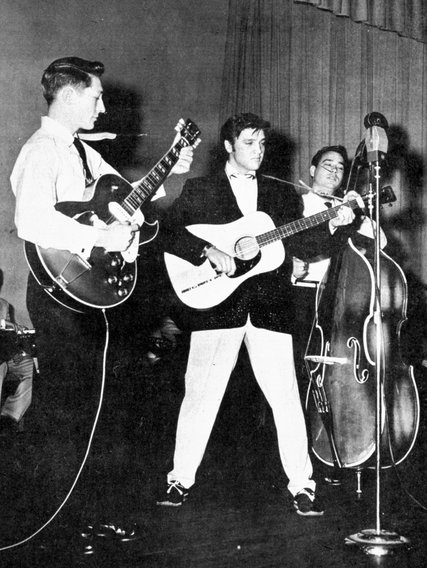
Rolling Stone ranks Scotty Moore No. 29 on its list of the 100 greatest guitarists of all time, saying “The playing was so forceful that it’s easy to forget there was no drummer.”
Everyone else wanted to be Elvis. I wanted to be Scotty.
Here are Elvis, Scotty and Bill on “Good Rockin Tonight”:



